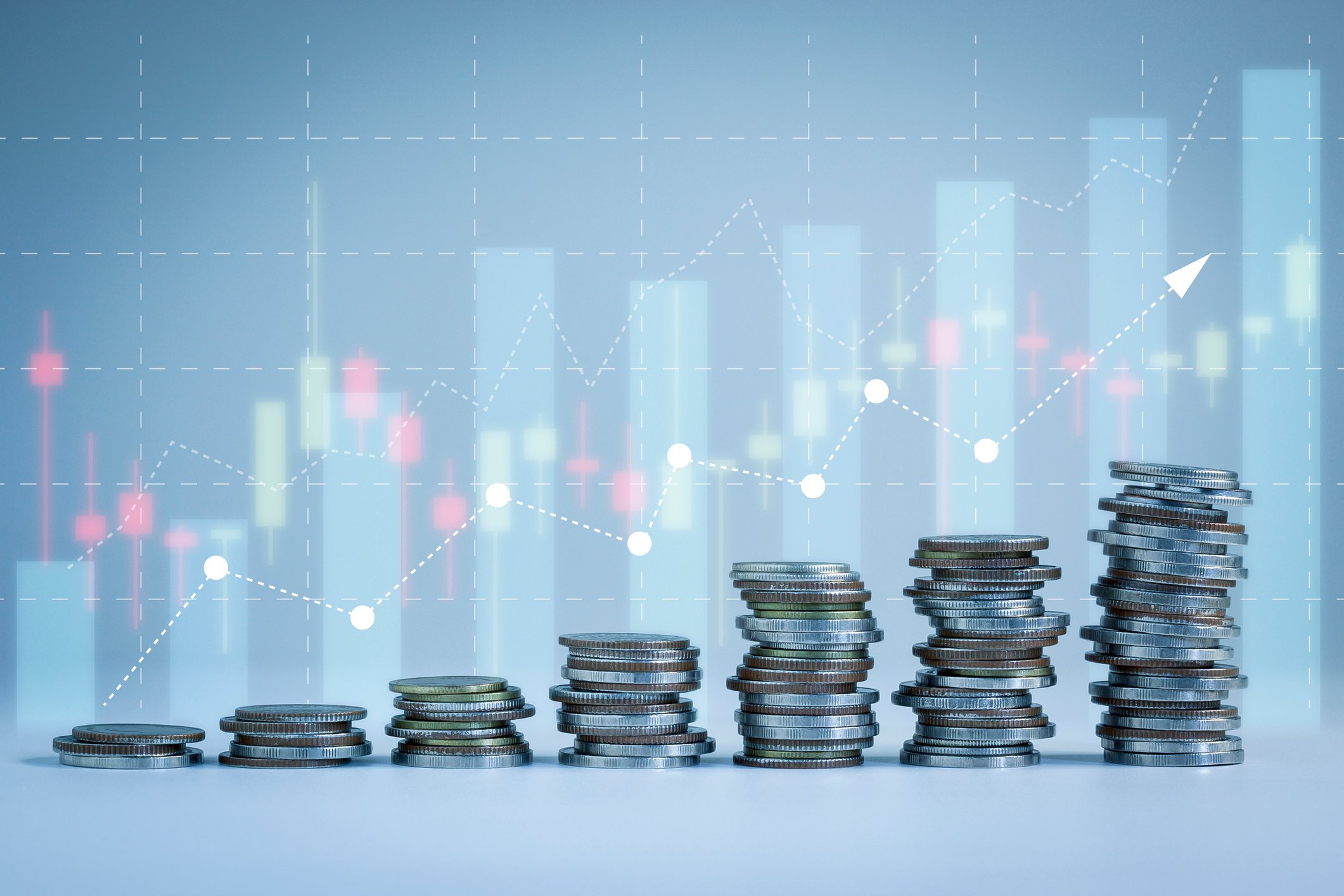
Source: Kinder Morgan.
One of the most common mistakes investors make is to assume that all companies should be judged by the same common metrics. While this makes it easy to compare potential investment ideas, it can yield misleading results. That's abundantly clear when looking at energy infrastructure leader Kinder Morgan Inc (KMI 2.68%) as some of the most common numbers that investors like to review are absolutely useless due to how the company operates. Here are three numbers that investors should completely ignore.
1. Revenue
Investors tend to hold revenue in high regard as in many cases revenue growth is even more important than earnings growth. However, revenue is an absolutely meaningless number for Kinder Morgan. CFO Kimberly Dang recently pointed this out on the company's second-quarter conference call, saying:
You can see that in the quarter, similar to last quarter, revenues are down significantly [by] $474 million. But you can also see that OpEx is down by almost the exact same amount, $475 million. As I said last quarter, a change in revenues is not a good predictor of our performance. We have some businesses where revenues and expenses fluctuate with commodity prices, but margin generally does not.
In reviewing the company's financial results, Dang pointed out that its revenue declined by $474 million -- it's down 12.2% year over year and actually missed analysts' estimates by $500 million. However, as she points out, the number is not a good indicator of performance as revenue fluctuates with commodity prices, which also impact operating expenses.
Instead, Dang pointed investors to another number by saying, "We believe that the best indicator of our performance is the cash that we generate, which metric we look at [is] DCF per share and the cash that we pay our investors which is the dividend per share." In other words, ignore revenue and look at cash flow.
2. Earnings per share
Like revenue, another really useless number for investors is Kinder Morgan's reported earnings per share. Because of its exposure to commodity prices and its high depreciation charges, its earnings per share are much less than actual cash flow. During the second quarter, for example, earnings came in at a mere $0.15 per share, which is nearly half the $0.27 per share it earned in the year-ago quarter and also missed estimates by $0.04 per share. This decrease was driven by higher depreciation, depletion and amortization expense, book taxes, and interest expense.
Kinder Morgan's preferred metric of distributable cash flow, on the other hand, was a much more robust $0.50 per share and was up substantially from the $0.32 per share it earned in the year-ago quarter. Furthermore, the company's cash flow was more than enough to cover its dividend of $0.49 per share, whereas investors looking at earnings per share would have fretted over dividend safety.
3. Price-to-earnings ratio
Because Kinder Morgan's earnings per share are much lower than its actual cash flow, it tells us that using a price-to-earnings ratio for valuation purposes isn't a good idea. In fact, looking at the company's current P/E ratio would really scare investors as it is north of 45 times, which is more than double the market's current P/E ratio of 21 times.
Instead, investors need to do a bit more work and use a different valuation ratio such as enterprise value-to-EBITDA or use its price-to-DCF per share as a proxy for earnings per share. In either case, investors will get a much lower number of 18.6 times and 17.4 times, respectively. Clearly, investors looking at the company's P/E ratio would be misled to think the stock is unreasonably expensive, when instead it's trading at a discount to the market on a cash flow basis.
Investor takeaway
Kinder Morgan's investors can't use traditional metrics like revenue, earnings per share, or the P/E ratio to judge the company's performance or its valuation. In fact, these numbers are best ignored as they are actually quite misleading. Instead, investors need to turn their attention to actual cash flow as that's a much better indicator of financial strength.






